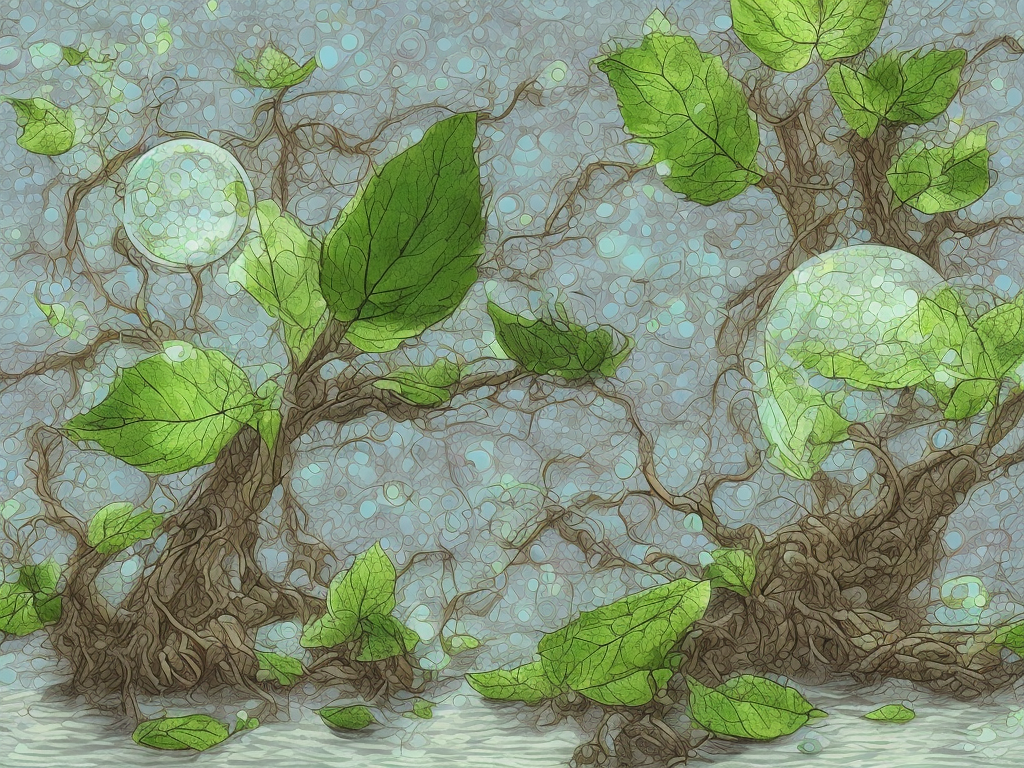
Photosynthesis and respiration are two of the most important biological processes that sustain life on earth. Both these processes are crucial for the survival of plants and other organisms that rely on them for their energy and nutrient requirements. Although photosynthesis and respiration are closely related, they are fundamentally different processes that involve distinct biological pathways.
Photosynthesis is a process that occurs in the chloroplasts of plant cells and other photosynthetic organisms such as algae and some bacteria. The process involves the conversion of light energy into chemical energy in the form of glucose, which serves as the primary source of energy for the plant. In other words, photosynthesis is the process by which plants harness energy from the sun to manufacture their own food.
The overall reaction for photosynthesis is:
6CO2 + 6H2O + light energy → C6H12O6 + 6O2
In this reaction, carbon dioxide and water are converted to glucose and oxygen in the presence of light energy. The chlorophyll pigment in the chloroplasts absorbs light energy and converts it into chemical energy that is used to power the reactions of photosynthesis.
The process of photosynthesis can be divided into two stages - the light-dependent reactions and the light-independent reactions. In the light-dependent reactions, light energy is converted into chemical energy in the form of ATP (adenosine triphosphate) and NADPH (nicotinamide adenine dinucleotide phosphate), which are used to power the light-independent reactions. In the light-independent reactions, also known as the Calvin cycle, carbon dioxide is fixed into organic molecules such as glucose using the energy produced in the light-dependent reactions.
Respiration, on the other hand, is a process that occurs in all living organisms, including plants. It is the process by which organic molecules, primarily glucose, are broken down to release energy in the form of ATP. In other words, respiration is the process by which living organisms obtain energy from the food they consume.
The overall reaction for respiration is:
C6H12O6 + 6O2 → 6CO2 + 6H2O + ATP
In this reaction, glucose and oxygen are converted to carbon dioxide, water, and ATP. Respiration can be divided into three stages - glycolysis, the Krebs cycle, and oxidative phosphorylation. In glycolysis, glucose is converted into pyruvate, which enters the Krebs cycle where it is further broken down into carbon dioxide and other organic molecules. The energy released during these reactions is used to produce ATP through oxidative phosphorylation.
Although photosynthesis and respiration are fundamentally different processes, they are closely linked and interdependent. Plants produce glucose through photosynthesis, which is then consumed by animals and other organisms for energy through respiration. The oxygen produced during photosynthesis is also used in respiration, where it is necessary for the breakdown of organic molecules to produce energy.
In summary, photosynthesis and respiration are two of the most important biological processes that sustain life on earth. Photosynthesis is the process by which plants harness energy from the sun to manufacture their own food, while respiration is the process by which living organisms obtain energy from the food they consume. Although these processes are fundamentally different, they are closely linked and interdependent, and are crucial for the survival of all living organisms.
 Self-Instruct
Self-Instruct